We drove into the Lower Brule Reservation yesterday (Monday, July 9). It was obvious as we drove through the countryside that the Native Americans living on the Lower Brule were financially more secure than the Pine Ridge or Cheyenne River Lakota. There was a lot of agriculture going on, there were many herds of cattle, the grass was much greener, and hills were not as sparse. It was still amazingly desolate, it was even emptier than the southwestern part of the state near Pine Ridge. The hills rolled on for miles without houses, just cattle and grasslands.
The Lower Brule still have their share of high unemployment, drug and alcohol use, poor housing, and poverty, but it did not seem as pronounced as when we were on other reservations.
A sign greeting us in front of the Tribal Council Building.
Today (Tuesday, July 10) we spent visiting with the Lower Brule Tribe. We started first by visiting their arts and craft center, Sung Maka Ska (White Earth Horse), a business of the Lower Brule Tribe that employees some of the tribal members to make arts and crafts. It is an amazing place where you get to see the artisans at work.
We then went to Lakota Foods, again a food marketing company that produces popcorn! The Lower Brule tribe supplies the popcorn for Con-Agra (I am sure you heard of it). But they also market their own brand of Lakota Popcorn.. We were lucky enough to get a tour of the facilities and enjoy some free samples. A great Christmas gift for folks back east, all you need to do is visit their web site.
We then went up to the tribal administration building and received a wonderful tour from Evelyn. The Lower Brule Tribe manages their agriculture and marketing very well, which is providing a growing local economy for the members living on the reservation. Again, there are still many problems, but they are in a good position and continue to grow with solid infrastructure.
The outside of the Tribal Administration Building and the Buffalo hide which hangs in the conference room.
We then went on a very very very cool eco-tour with a Lower Brule tribal member and Dr. Brian Molyneaux. Brian showed us the rehabilitation that has been taking place along the Missouri River, which has been dammed in a number of places. We went on a walk through chest high grass to observe the rehabilitation of cottonwoods, river grapes, choke cherries, and riparian environments. We heard a rattlesnake that we disturbed with our footsteps, but we never saw it. While there were lots of snake skins around, we never saw any at this site. We were also able to get up close and personal with a buffalo herd and observe a burrowing owl at a prairie dog town.
Buffalo Pictures: the bulls have straight horns, the cows have curved horns, the calves are just cute.
Below is a photo of a burrowing owl. He was quite a distance away, but I was able to get a good shot with the camera.
Brian also took us to an Earth mound dwelling at an Arikara site. The Arikara tribes were farmers, as opposed to the hunting and gathering Lakota. They occupied the same land in South and North Dakota, however they lived quite differently. There are archeological sites along the Missouri that Brian is working on with his students. The site we went too has an Earth Mound reconstructed to honor the Arikara. It took young men from the Arikara and Lower Brule Tribes two days to build. Here, we saw a rattlesnake nesting in the rafters.
The entrance to the Earth Mound house.
Inside the Earth Mound house.
The rattlesnake in the rafters. I am not sure which is worse…bats in the belfry or rattlesnakes in the rafters.


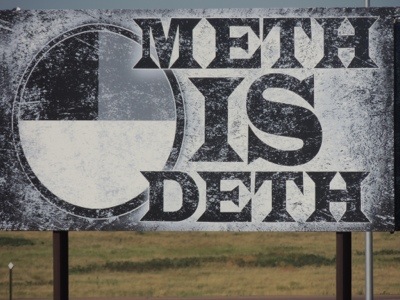
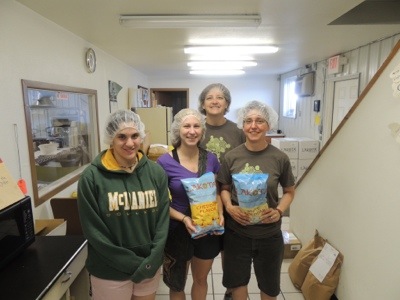

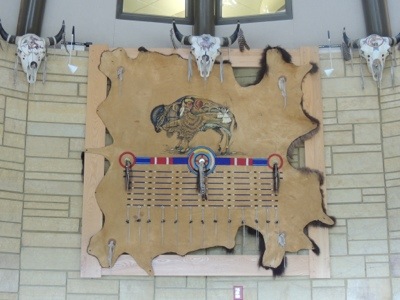
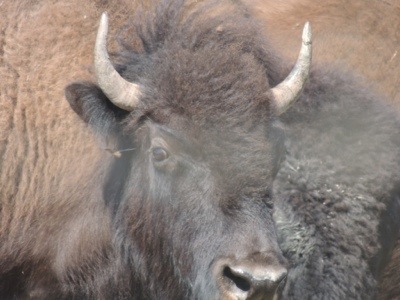
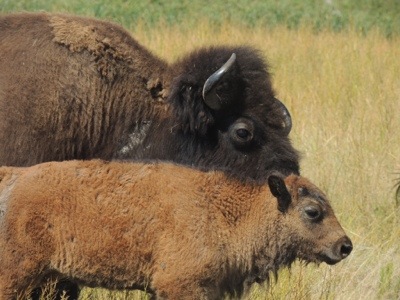


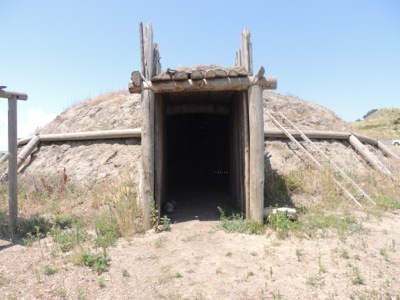

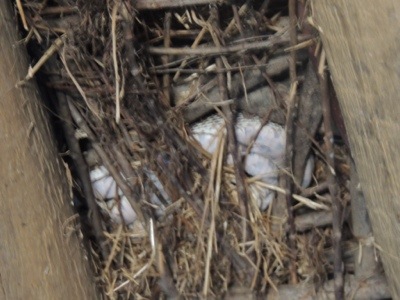
We appreciate your visits and compliments and although we have visible progress, we are still faced with all the issues other reservations are facing.
With all due respect, No, it isn’t accurate. What your opinion and article fails to mention is that we are much smaller – 200,000 acres of land to manage compared to the 11 million that Cheyenne River has.
There is no guarantee that what you were seeing was even Native owned and operated farms, our land base is a checkerboard if you will of Native owned and non Native owned. We do have some progressive ideas on marketing and agriculture, but the profit margin is not yet high enough to make a huge impact on the community at large.
So we may have green grass and some wonderful programs to market agriculture, but we still have a high unemployment rate and still struggle to take care of our community members.
Sincerely, SSDR
Thanks for the comment and for reminding me that even though the Lower Brule seemed more economically stable there are still areas for improvement. I think you raised a good point as well, regarding the Native and non-Native owned land on the reservation. Many people at home were surprised to find that white homesteaders lived on the reservations and were unaware of the allotments that were created by the Dawes Act, thereby giving land promised to Native Americans to farmers and homesteaders.
*Correction for previous post. I apologize for the typo, it should read *1.1 million that Cheyenne River has not 11 million, my mistake.
Thank you, SSDR